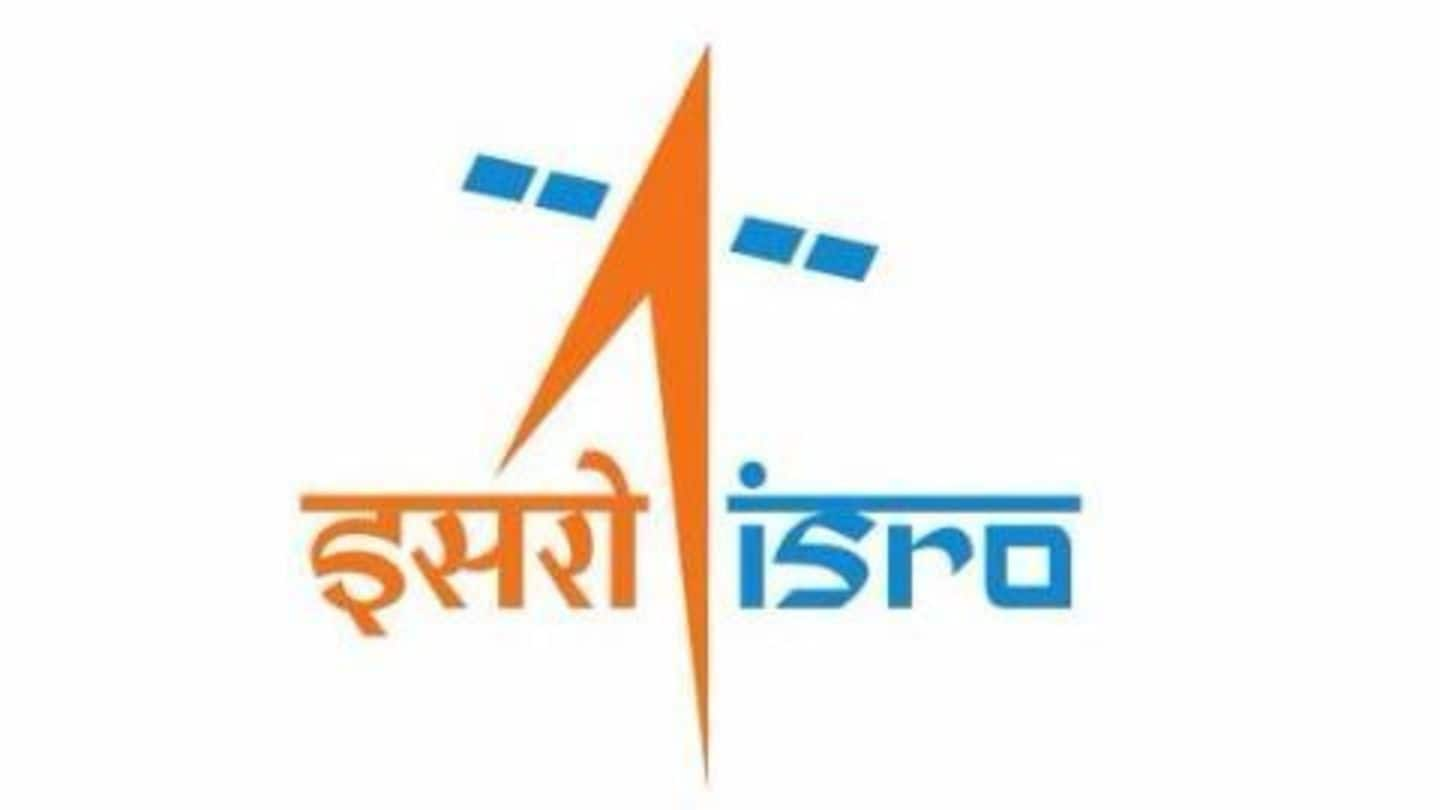
ASTROSAT launched after a decade of delays
What's the story
India's first space observatory, ASTROSAT entered into orbit 25 minutes after its 10 AM lift-off from the Satish Dhawan Space Centre.
The Rs.178 crore ISRO project, initially planned in 2005, had been delayed due to difficulties involved in construction of required scientific instruments.
The Polar Satellite Launch Vehicle (PSLV) which launched ASTROSAT, also injected one Indonesian, one Canadian, and four US satellites into orbit.
Do you know?
ASTROSAT specs
The ASTROSAT observatory weights 1,513 kilograms, and will orbit the earth equatorially at an altitude of 650 kilometres. It is capable of gathering 420 gigabits every day, and has an expected mission life of 5 years.
Objectives
What the ASTROSAT aims to achieve?
ASTROSAT's scientific objectives are three-fold.
To estimate the magnetic fields of neutron stars and detect new briefly bright X-Ray sources in the sky.
To study star birth regions and high energy processes in extragalactic star systems.
To understand high energy processes in binary star systems containing black holes and neutron stars, and conduct a deep field survey of the universe in the ultraviolet region.
Do you know?
ASTROSAT's telescope
ASTROSAT's telescope consists of 320 aluminium mirrors with a fine gold coating. These mirrors had to be arranged in concentric shells with an accuracy of 20 microns, which is less than the width of a human hair.
Payload
ASTROSAT's scientific payload
ASTROSAT will observe the universe in the visible, ultraviolet, low and high energy X-ray regions of the electromagnetic spectrum, unlike other scientific satellites which can only observe a narrow range of wavelength band.
Its five scientific payloads are the Ultraviolet Imaging Telescope (UVIT), Large Area X-ray Proportional Counter (LAXPC), Soft X-ray Telescope (SXT), Cadmium Zinc Telluride Imager (CZTI), and the Scanning Sky Monitor (SSM).
Information
PSLV's consistency
ISRO's expendable launch system, the Polar Satellite Launch Vehicle (PSLV) rocket completed its 31st successful flight after launching ASTROSAT. In its 31 flights, the PSLV has launched a total of 51 satellites belonging to global customers of 20 countries.
Do you know?
India joins an elite team
India's dedicated multi-wavelength space observatory, the ASTROSAT, is the fourth space observatory to be launched into orbit. The other three are the US' Hubble Space Telescope, Russia's Spektr R and Japan's Suzaku.